
"Pig dragon" from northeastern China, dating to 3500 BC. (Photo provided to China Daily)
The neolithic ground sculpture, dating to 6,000 BC, is the oldest image discovered that bears an uncanny resemblance to the dragon that was to evolve in ensuing millennia.
Another major archaeological discovery shedding light on the origin of a Chinese dragon was made in 1987, in Puyang city, Henan province. In this case clamshells were used in place of stone. And the dragon, dating to around 4500 BC, was found in a burial pit lying on the right-hand side of a man whose left-hand side was taken up by a tiger, also pieced together by shells. While most scholars tend to view the dragon and the tiger, whose combination were to be repeated numerous times throughout Chinese history, as tribal totems, an astrological connection has also been suggested.
The earliest Chinese astronomers used Qing Loong, or the Azure Dragon, to represent the planet Jupiter, and positions of the moon against certain stars in the eastern sky.
However, when it comes to visual impact, both pale in comparison with a large turquoise dragonform artifact discovered in Luoyang city, Henan province, the site of what most Chinese archaeologists believe was China's earliest known dynasty, Xia (c. 21st century-16th century BC).
Dating toward the end of the Xia Dynasty, the "dragon", 65 centimeters long, is patched together by nearly 2,000 pieces of turquoise, its round jade eyes and a prominent nose shaped out of carved jade and turquoise. Discovered within a burial pit filled with bronzes, jade, ceramics and lacquerware, it seemed to have enjoyed a very special relationship with the tomb's occupant.









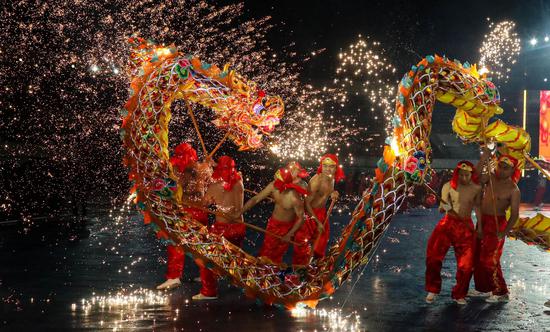


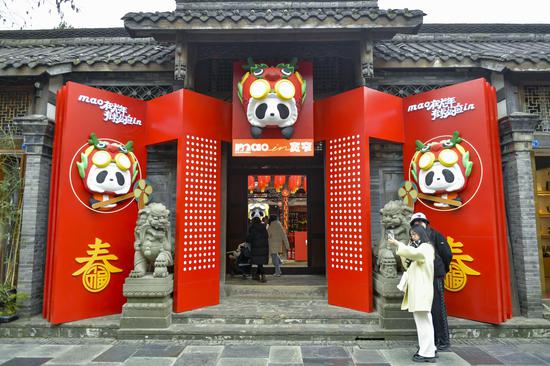





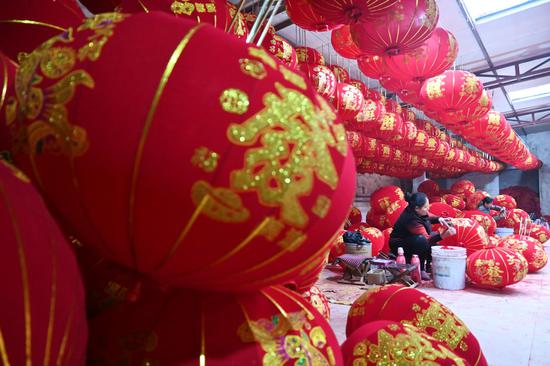
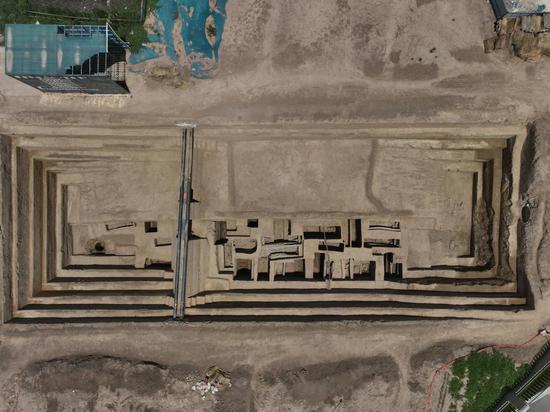


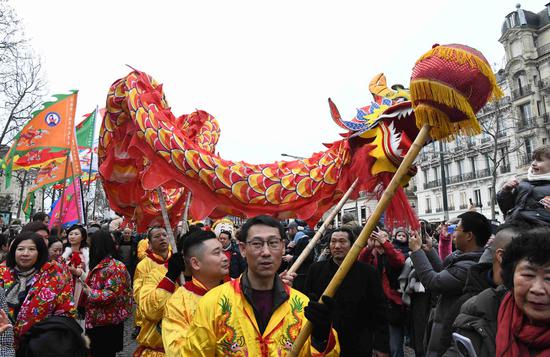







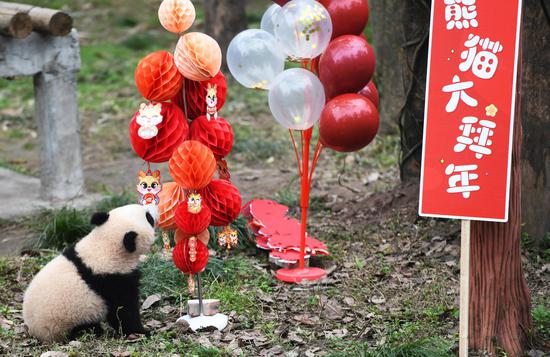




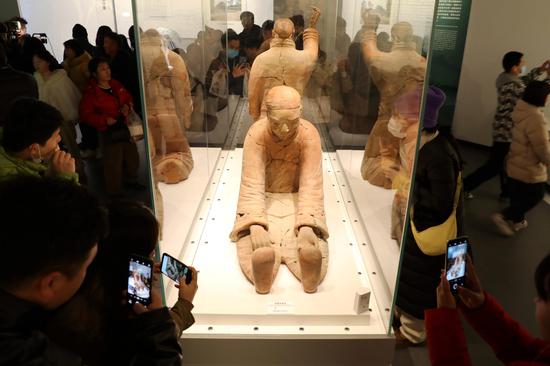

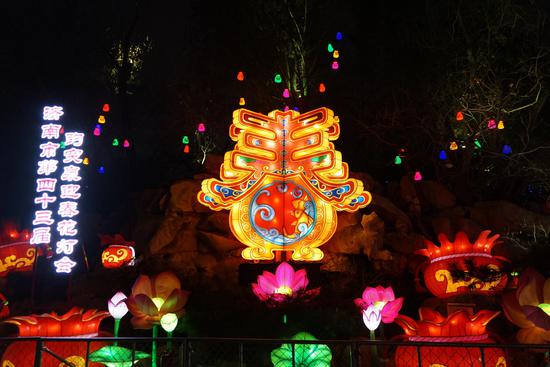


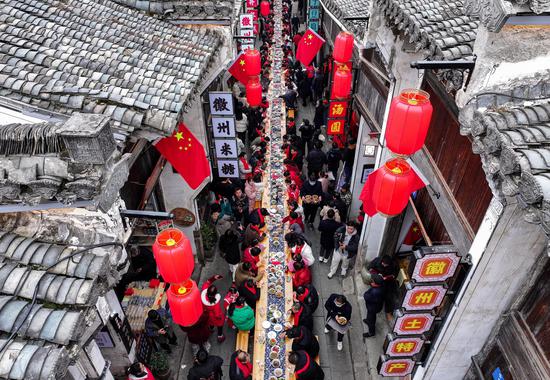



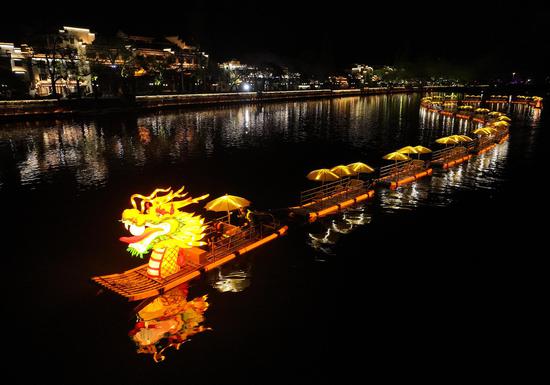





 京公网安备 11010202009201号
京公网安备 11010202009201号